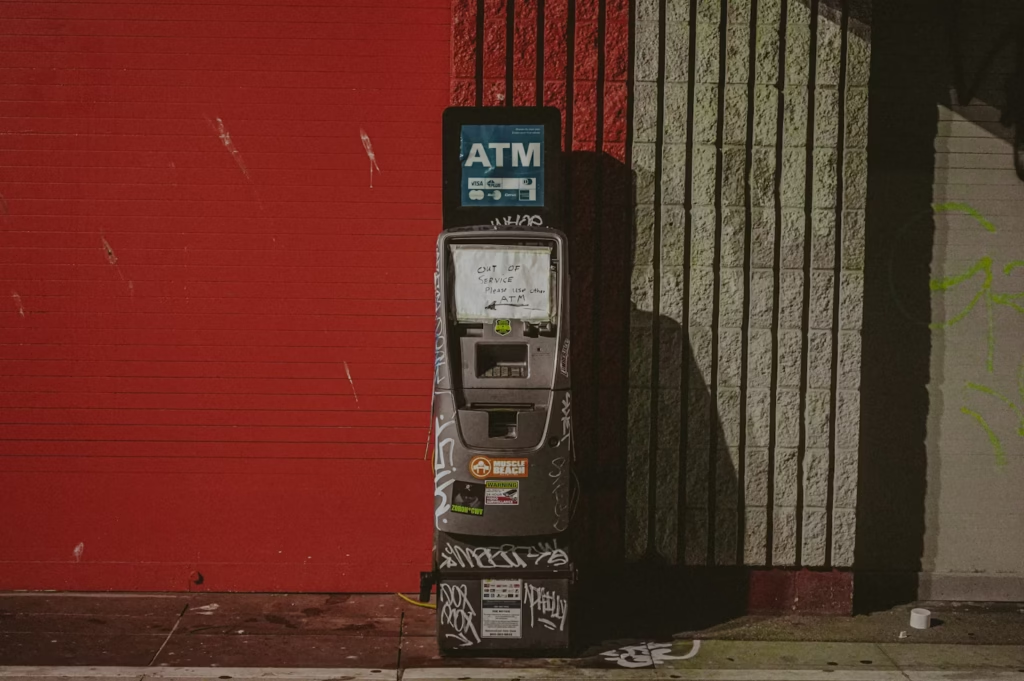Hyperinflation: Causes, Consequences, and Lessons from History
Introduction:
Hyperinflation is an extreme form of inflation where prices increase uncontrollably, often by hundreds or thousands of percentage points in a short period. It leads to the collapse of a country’s currency, wiping out the value of savings and disrupting economic activity. In this post, we’ll explore the causes, consequences, and historical examples of hyperinflation and the lessons that can be learned from these events.
What Causes Hyperinflation?
Excessive Money Printing:
Hyperinflation is often caused by governments printing excessive amounts of money to pay off national debts or finance large fiscal deficits. When the supply of money grows too quickly without a corresponding increase in goods and services, inflation can spiral out of control.
Loss of Confidence in Currency:
Hyperinflation typically occurs when people lose faith in the value of their country’s currency. This can happen if there is political instability, war, or a lack of confidence in the government’s ability to manage the economy. Once confidence is lost, people start spending money quickly, which accelerates inflation.
External Shocks and Debt Crises:
Countries that face external shocks, such as trade disruptions, or those that rely heavily on imports for essential goods, may experience hyperinflation if they are unable to stabilize their economy. Additionally, countries that have large amounts of foreign debt may print money to pay off creditors, leading to inflation.
Historical Examples of Hyperinflation:
Weimar Republic (Germany, 1920s):
After World War I, Germany experienced one of the most infamous cases of hyperinflation. The government printed money to pay war reparations, and by 1923, the value of the German mark plummeted. At its peak, the exchange rate was one U.S. dollar for 4.2 trillion marks, and people used wheelbarrows of cash to buy basic goods.
Zimbabwe (2000s):
In the 2000s, Zimbabwe experienced one of the most extreme cases of hyperinflation in modern history. At its height in 2008, inflation reached 89.7 trillion percent year-on-year. The government printed vast amounts of money to finance land reforms and political expenditures, causing the currency to collapse.
Venezuela (2010s-Present):
Venezuela has been grappling with hyperinflation for years, driven by falling oil prices, economic mismanagement, and political instability. The country’s inflation rate reached over 1 million percent in 2018, leading to severe shortages of basic goods and a mass exodus of citizens.
Consequences of Hyperinflation:
Currency Collapse: The most immediate consequence of hyperinflation is the collapse of the national currency. People stop using it for transactions, and governments are forced to abandon their currency or replace it with a new one.
Social and Economic Unrest: Hyperinflation often leads to widespread poverty, unemployment, and social unrest. The cost of living skyrockets, and basic goods become unaffordable, leading to protests, strikes, and sometimes even civil war.
Loss of Savings and Wealth: Savings are obliterated in hyperinflationary economies. People who have worked hard to accumulate wealth find their assets devalued. Pensioners and fixed-income workers are hit the hardest, as their purchasing power rapidly declines.
Lessons from History:
Avoid Excessive Money Printing:
One of the key lessons from hyperinflationary events is the importance of maintaining a disciplined monetary policy. Central banks must avoid printing excessive amounts of money and ensure that the growth of the money supply is in line with economic growth.
Build Economic Resilience:
Countries must have strong economic institutions, diversified economies, and sustainable fiscal policies to withstand external shocks and avoid the risk of hyperinflation.
Maintain Confidence in the Currency:
Restoring public trust in a country’s currency is essential. A credible central bank, sound fiscal policies, and transparency in government actions can help maintain confidence in the currency and prevent hyperinflation.
Conclusion:
Hyperinflation is a devastating economic event that can lead to the collapse of a currency, widespread poverty, and social instability. By learning from historical examples and implementing sound economic policies, countries can prevent hyperinflation and ensure long-term economic stability.

